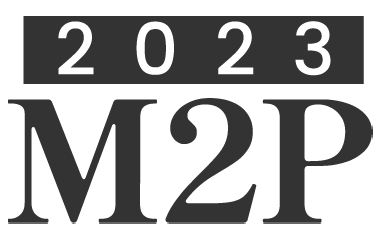
OpenPisco: An open source platform for optimal design
Please login to view abstract download link
This presentation aims at providing a general overview about OpenPisco , an open source research and development platform devoted to numerical simulation for optimal design. OpenPisco is currently developed by IRT SystemX and SafranTech with the twofold scope of improving the understanding of the numerical aspects inherent to level-set-based topology optimization and enabling a fast prototyping of new developments driven by industrial and research needs. The software design is driven by the need to adapt to specific product development processes, and fulfills three main properties: (i) Modularity, enabled by a decomposition into weakly coupled and highly cohesive components; (ii) Interoperability, since any component can be easily replaced by another; (iii) Extensibility, via a plugin infrastructure allowing a user to use one’s own functionalities within the platform without modifying the existing source code. In particular, the design of OpenPisco facilitates the integration of new developments (e.g. a specific physical analysis or a custom optimization criterion) to obtain lightweight topology optimized parts and the connection to post-processing simulators (for instance, a specific process simulation software for additive manufacturing) to accelerate every stage of the design process. OpenPisco natively provides a large collection of optimization criteria and optimization algorithms, an integrated FEM solver and a connection to external solvers, as well as an interface to advanced tools used in the context of topology optimization, to handle level set functions or perform mesh adaptation and body-fitted remeshing. A graphical user interface allows the user to easily get started with the topology optimization framework and complements the more traditional command line interface. Selected engineering case studies will be presented to illustrate the capabilities of the platform and highlight future perspectives.


